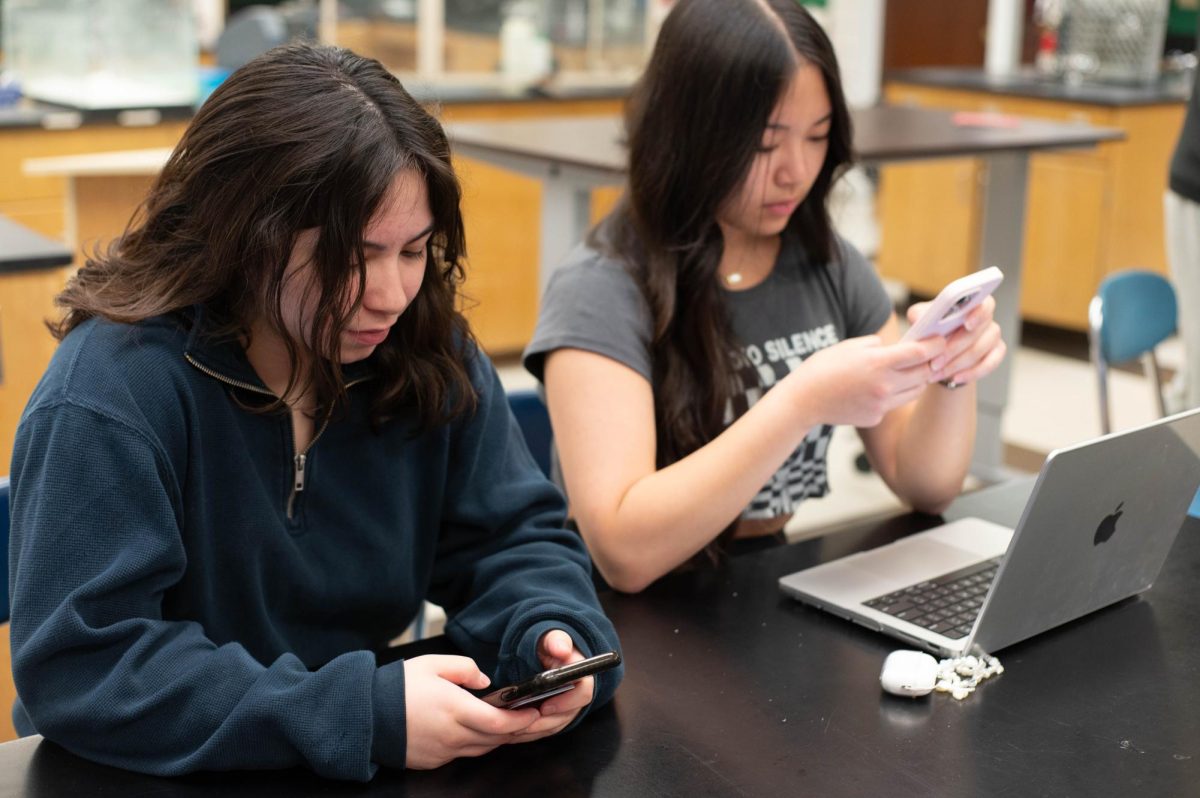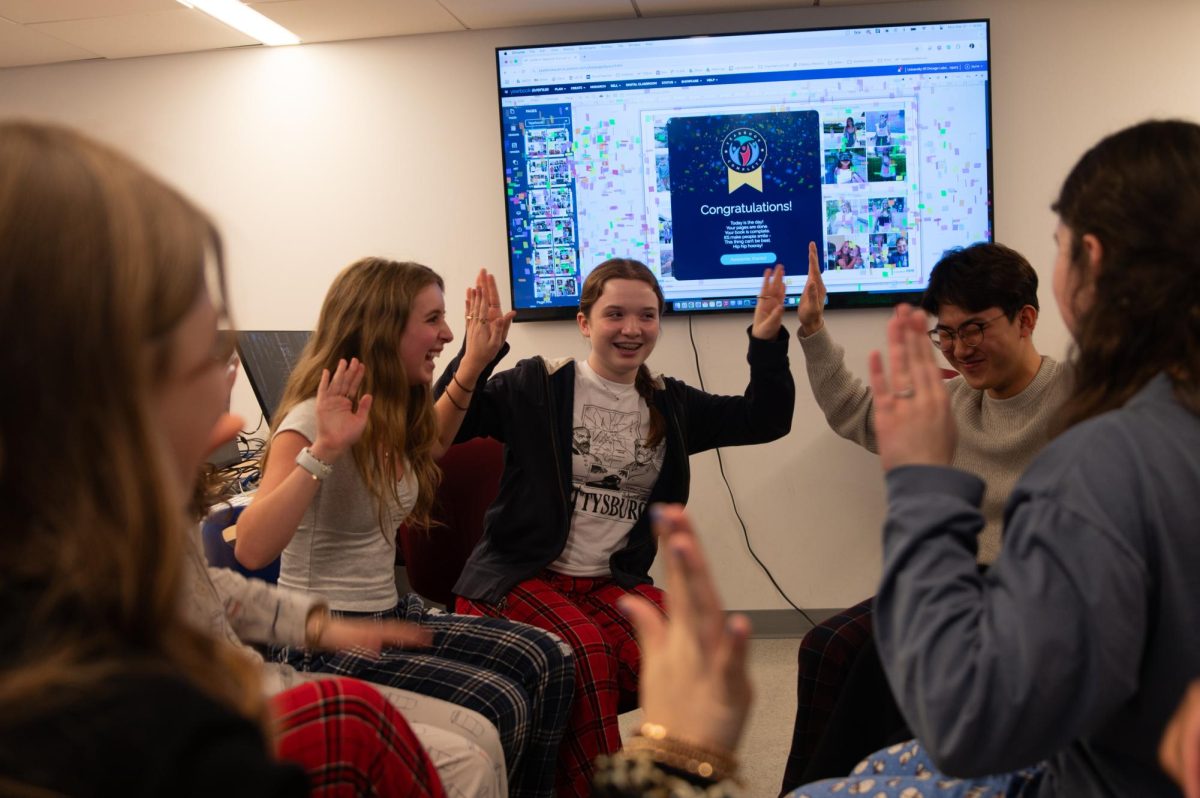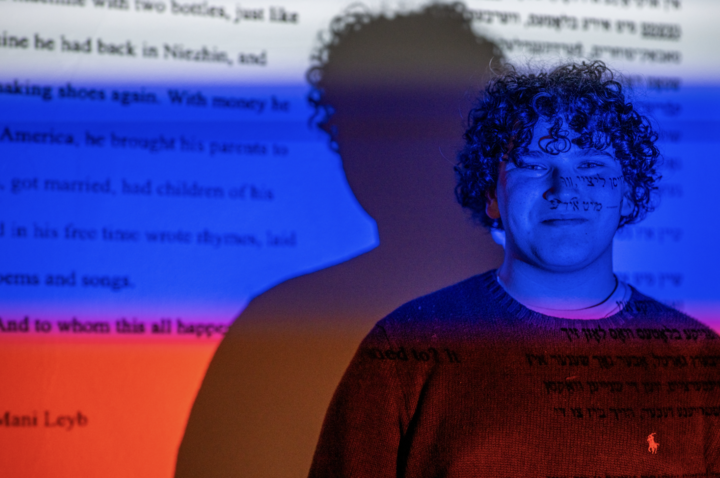Through the bustling and chaotic passing period, a student sits beside their locker swiping through TikTok after TikTok. Unable to hear the TikToks due to the whirlwind of footsteps and chatter surrounding them, one feature illuminates the dialogue, making it possible for the student to continue watching the content: subtitles.
With each swipe, white text surrounded by a black box flips across the screen, allowing media to be consumed in a newer and more accessible way. Something previously seen to be reserved for foreign films and people with hearing impairments has now been adapted to today’s ever-changing social media trends.
In April 2021, TikTok, the short-form video platform, added an automatic closed captions feature for creators to quickly add to their videos. This feature has proven helpful to people in many additional ways depending on the types of videos presented on their TikTok “For You Page.”
According to a 2022 study by YPulse, 59% of Gen Z survey respondents and 52% of millennials said they use subtitles — significantly higher than older generations.
For sophomore Theo Lindau, this feature has bridged a gap found in content from diverse backgrounds, where accents may be harder to understand.
“I do like automatic captions on TikTok,” Theo said. “Like, if you see people from other countries talking and you don’t know exactly what they’re saying, the captions can help”
Since TikTok started, its creators have found trending music in the background can boost viewer engagement. But, many other users find such music distracting from the main purpose of the video.
In cases like these, subtitles can be beneficial for audiences who find themselves getting distracted by other aspects of the video. This is the case for senior Jonah Vaang.
“Sometimes on TikTok I enjoy seeing subtitles,” Jonah said, “because they often have background music that can be distracting.”
Bryce Light, a junior, echoed many teenagers when he admitted that he initially didn’t pay much attention to subtitles. However, as he continued using the app, he began to see subtitles more and more.
“As I kept scrolling and scrolling, I realized that it was actually super helpful,” he said.
Bryce’s realization underscores the subconscious integration of subtitles into the TikTok experience.
Although subtitles may help viewers stay focused on the main purpose of the video or movie, some students said that they may also take away from certain enjoyable features.
“Sometimes the subtitles take away from the accents and characteristics of the people,” Jonah said. “It can sometimes be fun to hear people’s accents and learn about the person or character, whether it’s a movie or TikTok.”























































